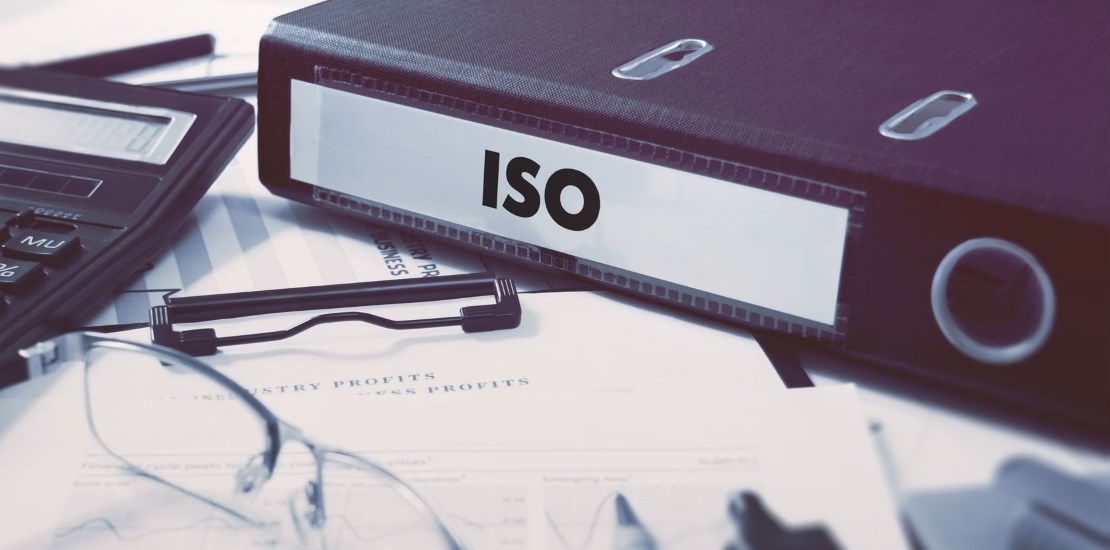- January 1, 2016
- Posted by: Kim Cunningham
- Category: ISO Tips

The International Organization for Standardization (abbreviated ISO) is a body of professionals, designers, engineers, and business people who help create official methods for a variety of useful processes.
ISO 9001 is a standard that provides a guideline for quality management systems. In the entire suite of the 9000 series, the group that deals with exclusively with quality management, 9001 is the most popular and widely used system. It covers everything from the definitions of terms used, detailing the responsibilities of the management staff, methods of resource management, how to create a realized product with high quality, and how to engage in the measurement, analysis, and improvement of all the involved methodologies. ISO does not certify any product line based on the 9001 methods, but numerous independent and state-sanctioned certification bodies exist that can verify its proper implementation. To date, they have issued over a million certificates across the world.
The original ISO 9001 was created in 1987. The previous version of ISO 9001, created in 2008, began undergoing the five-year review process somewhat early in the midst of 2012. Three years later, the next iteration, ISO 9001:2015, was published with a host of revisions that make it easier to incorporate portions of alternative quality management systems like ISO 14001. The addition of risk-based thinking is the newest core principle of the standard, emphasizing the need to proactively avoid negative outcomes to achieve higher quality. The use of the process approach from the previous version has been merged with a “plan-do-check-act” system to clearly show to make deliberate and effective decisions related to your product.
How Can You Assure You Use ISO 9001:2015 Properly?
The fifty-page document that comprises ISO 9001:2015 is information dense and can be difficult to parse on its own terms, but turning the words into a satisfactory quality management system can be a challenge even with an in-house QA department. If your quality management systems have already been tuned to adhere to the 2008 guidelines, upgrading to the 2015 variety involves a modification process that has up to three years to spread out the changes and gradually adjust to the new standard. For others, it is recommended that you enlist the aid of ISO 9001 experts and seek certification and verification for only the 2015 version.
Assure Quality; Assess Everything
Small and medium businesses can have difficulties implementing complex standards. If your business needs a helping hand, ISO Integration LLC features ISO Consultants who understand the intricacies of the standard and know how to apply it to your real-world situations. Whether you’re upgrading from 9001:2008 or looking to create your first quality management system, we’re standing by and ready to tackle the challenge.

